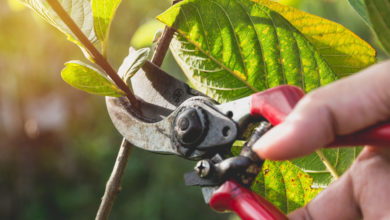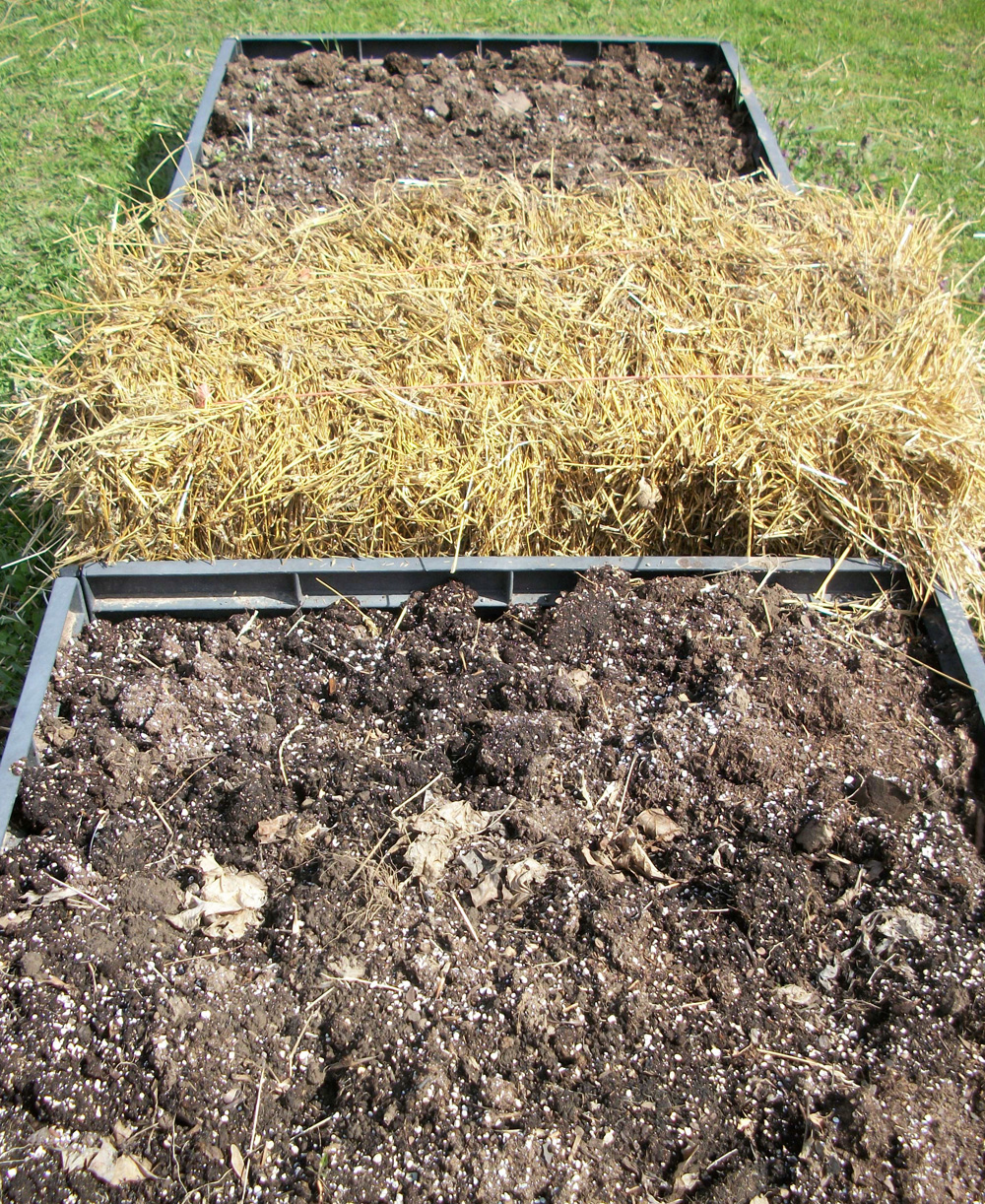Plant growth habits

Growth habit refers to the form or shape that a plant takes. Terms such as rounded, pyramidal, columnar, and vase-shaped all refer to the growth habit of a plant. Growth habits are primarily determined by genetics and have a functional component.
Plant breeders must consider growth habit when developing new cultivars. The upright growth habit of hydrangeas, for example, must be strong enough to support the weight of massive blooms that a plant breeder and, eventually, a customer might prefer.
Plants have adapted their growth habits over time in response to environmental, climate, and other factors. Things like water, nutrients, light, and space availability, especially during the growing season, have enhanced adaptive growth forms in plants.
Wood is an example of a mechanism developed by plants to help fight against the destructive effects of wind, ice, mechanical damage, and fire. Dense growth habits help protect against wind. Some plants without wood have adapted prostrate, mat-forming, spreading, creeping, or climbing habits.
Animals have also impacted the growth habit of plants. Mat-forming and prostrate growth habits help plants endure grazing and trampling, while tall growth habits also help foil browsing and grazing.
Here are examples of some of the various forms of plant growth habits:
•Climbing plants, which can be found in forests and woodlands, include vines with stems that trail along or coil around other plants or structures as they grow upward. Grape vine and morning glory are examples of climbing plants.
•Clump-forming plants have an aggregate of several shoots growing in a bunch from a common base – especially in grasses and sedges that are common in the prairies of the United States.
•Dense plants have many small, woody canes or stems that grow upright and very close together. Most shrubs have a dense growth habit.
•Erect plants, which are typical in woodlands and forests, include trees, which have a main stem that grows in an upright fashion above ground level.
•Mat-forming plants, which can be found in places like grasslands, bogs, wetlands, and cultivated habitats, have creeping stems that grow in a trail along soil or water surfaces and spread out to produce a mat-like cover. Included in this growth habit are crabgrass and Sphagnum moss.
•Mound-forming plants have a rounded shape, such as cactus.
•Open plants have upright woody stems or canes and include willows and bamboos.
•Prostrate plants have stems that grow flat on the soil surface and include some species of juniper.
•Scandent plants like blackberry and sugarcane have prominent stems in a leaning position.
•Spreading plants have a sprawling growth habit and include Sumacs, ferns, and blueberries.
•Stemless plants have no visible stem above ground and are composed mainly of leaves or leaf-like structures. The common dandelion is an example.
Late fall and winter are great times to observe growth habits in your landscape, as many plants drop their leaves. You can add structural winter interest to your landscape by being aware of the growth habit of the plants you choose.






